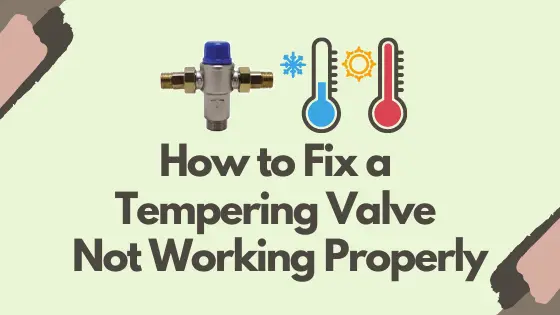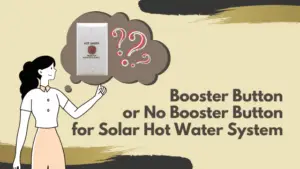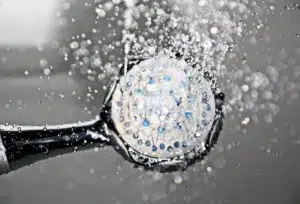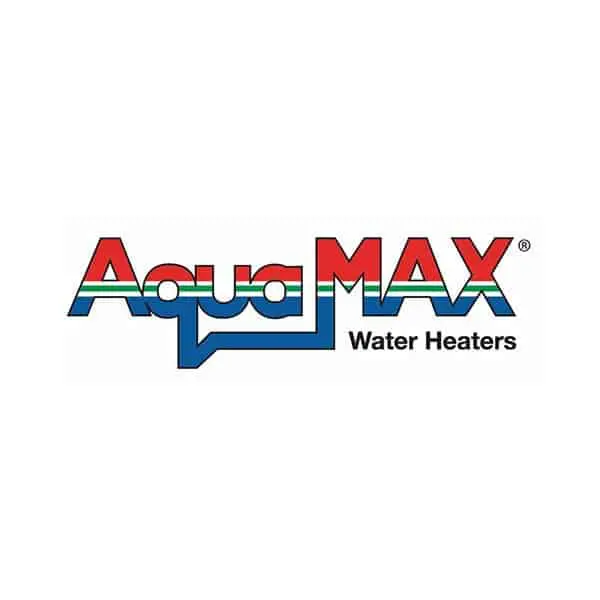Have some troubles with your hot water system due to your tempering valve? Then you’d be happy to know these tips we listed to help you fix a tempering valve that’s not working properly. Read on to know more!
A tempering valve is a necessary part of a hot water system. Its main purpose is to ensure that people are not harmed when a hot water supply comes out of the tap or prevents scalding. This device serves as a mixing tool that combines hot and cold water to produce the right hot water temperature ranges because the water to be released from any outlet should comply with Australian Standards (AS 3500). This legislation is implemented to minimize the risk of scalding. It is better to have a tempering valve installation in our hot water systems.
You see: Since a fully functioning tempering valve is important, having issues with it is a no-no. But the thing is, sometimes, it can’t be avoided to have trouble with this part of the water heater. Thus, it’s important to know the common signs to know if your tempering valve has a problem, and most importantly how to solve them.
Now, we want to help you with this, so we listed the signs you have to look out for to know if you have a faulty tempering valve and the quickest way to solve them. Therefore, without further ado, let’s get to it!
1. Water Temperature Is Not Accurate

There are many water heater issues that can result in inaccurate water temperature settings, and one of these many problems is a faulty tempering valve. When a hot water system produces water that’s too hot or too cold, a defective thermostatic mixing valve might be the main reason. And if the tempering valve is not adjusted correctly, it will not be able to cool down the hot water enough to make it safe. At the same time, excessive heat systems are not the only sign that your valve is malfunctioning.
A failing valve may also result in water that’s too cold. Due to this, your water might not run at the right maximum higher temperatures at all consistently and may fluctuate between being too hot and too cold. The change in water temperature can be a result of a blocked tempering valve. Also, there’s a chance that the position of the valve was adjusted accidentally. But the worst case is that the valve might have completely stopped working. The best way to solve to get the perfect temperature is to set the point of your valve.
2. Water Leakage

Problems in your tempering valve can be the reason for water leakage. And a water leak is one of the early signs that you can check at all times since it’s visible. Once you see cold water on the floor under the tempering valve, this indicates that you have a faulty seal or a corrosion problem with your valve.
3. Water Flow Is Not Normal

Most of the time, the first sign of a tempering valve problem is the inconsistent water flow in your tap. Usually, a reduction in the flow of water can be observed. There might be instances that your water will run slowly or that your tap will give only trickles of water when you open it. This might be because parts of your valve have debris in them that blocks the water from coming out.
4. Strange Noise Comes Out
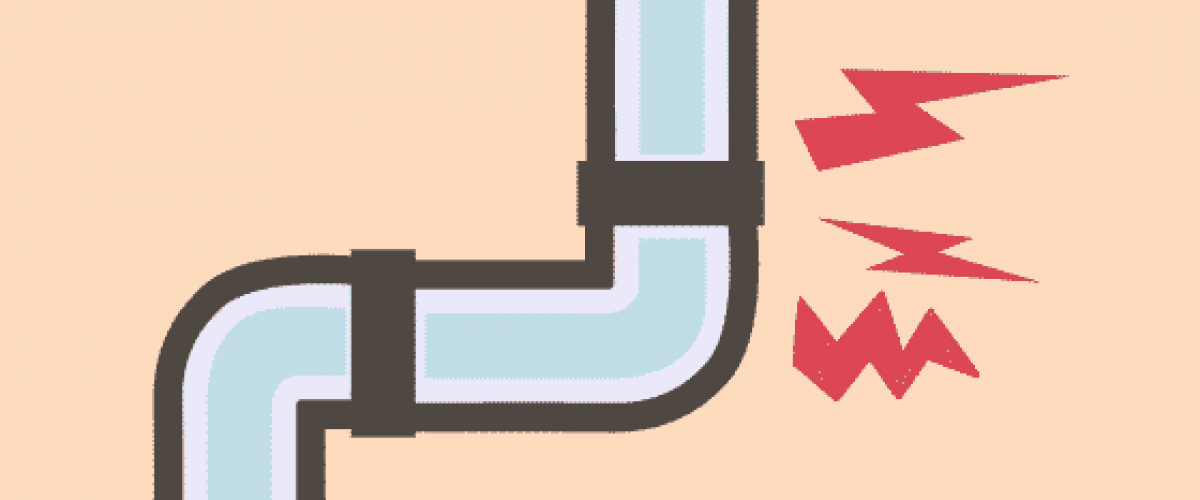
Maintenance is always the most important thing to do to keep your water heater in perfect condition. But when you’re not an expert regarding hot water systems, it’s understandable to not know how you can effectively maintain them. So, it’s safe to say that it’s normal to have some hot water tempering valve issues.
Now here’s the thing:
When you do encounter a problem with your water heater, we do not advise you to do anything yourself, especially, if the problem lies with the tempering valve of your machine. Why? Because if you do something wrong with this part of the hot water system, it can lead to bigger and more serious problems.
However, there are still some simple things you can do that can fix your tempering valve issues without damaging anything, and here is how:
- Inspect your valve for any damage.
- Check if there were unnecessary adjustments made with the tempering valve.
- Flush the hot water line to remove any debris inside the valve.
- If the problem persists, then immediately call for a hot water plumbing expert. They have a plumbing code for fixing your tempering valve.
To Sum It All Up
Defective valves can lead to hot water heater problems such as loss of hot water, a lack of water pressure, or inaccurate water temperature. But the thing is, apart from a little leaking around the connections of the valve it’s quite difficult to detect if your valve has issues.
Thus you will need to contact a plumber or a domestic hot water expert for this particular job. However, you can feel relief in the knowledge that this is much cheaper to fix than most parts of a hot water heater.
Now, if you do think that your water heater has a faulty tempering valve, you can contact us to replace it. We provide a bunch of accessories for hot water systems such as fittings, copper, slab, and valves. And for more information about the services we give, you can call us at 1300310062. Our representatives will be happy to help you.

